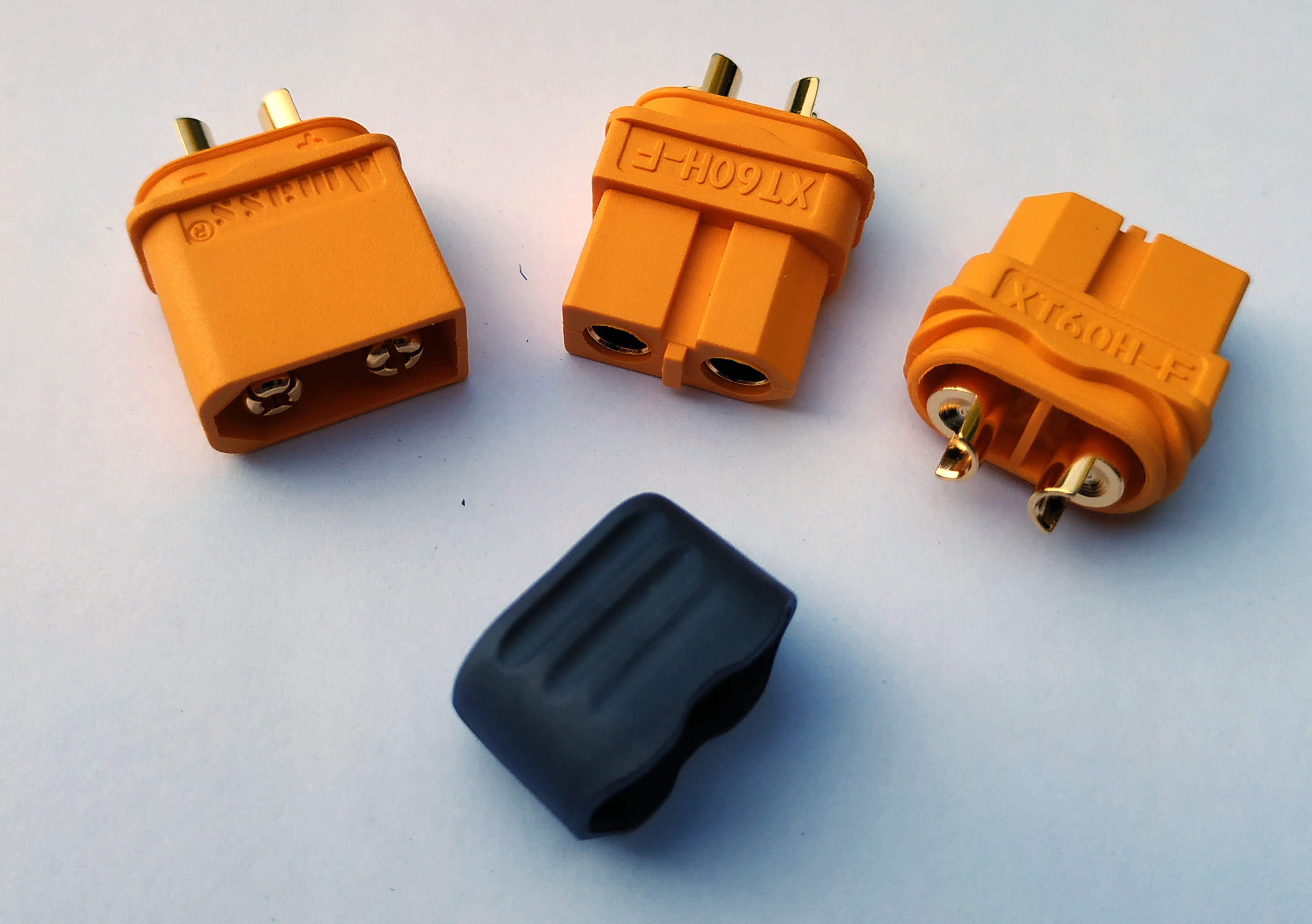A well-designed battery connector prevents many fires caused by incorrect charging Voltages and poor electrical connections. Problem: Such connectors simply do not exist. Here lies a government task. Developing a connector at EU level and mandating its use is a logical step to increase safety. This post is a brief but important introduction to this topic.
The market for DC connectors is small. Extremely popular are universal XT connectors which, if of good manufacture, are extremely reliable, practical, small, not complex, main stream and, most important, affordable. However, XT connectors are not standardised and inferior connectors on the market produce dangerous connections.
It is a good time to standardise on a new alternative. Such a connector should consist of a range classified, for example, by maximum Voltage and permanent current strengths that increase in steps. For example 10, 20, 50, 100 amps.
In addition, such a connector should be suitable for battery charging points. Experience shows that fires regularly occur as a result of charging at too high a voltage. By properly designing the profile of the connector and mating plug, you can prevent a 36 Volt battery from being charged with a 48 Volt charger.
It is alarming that in 2023, there is still no universal security for that.

A range of connectors can be single-, two- and three-pole. Variants that are connectable, for example with dovetail connections are a good addition, as are variants for panel mounting. The solderability of XT connectors can be taken as a good example. Carrying out some variants with spark protection is obvious.
Needless to say that design specifications should be public domain and should guarantee interchangeability between connector manufacturers.
A nice challenge for the European Commission, I’ve informed CENELEC about this page. <Edit: Never had any answer…>
Image: Several XT connectors. Own work, License Creative Commons, By vanderworp.org, Share Alike

Cenelec… Nooit meer wat van gehoord… Hoeveel accu’s moeten nog gaan branden voor iemand wat doet?